“It is not what you know, it is who you know” saying is very true when it comes to how I got a chance to work on this project – an opportunity came through my yoga friend, our mats are right next to each other in a yoga class. One day before the beginning of the class he whispered “Hey, what do you know about Alisher Navoi?”. I jokingly whispered back “I know he was cool guy”.
Today is February 9, 2016 which in literary circles means 575th birthday anniversary of Nizamaddin Mir Alisher Navoi. To many he is known as a poetic genius who turned Turki (an old Uzbek language) into a literature language and put it on the same level as Farsi, which then had a prerogative of the only poetic language. In addition to being a poet, Navoi was a vizier to then ruler of Khorasan – an extremely high- ranking role in the State, calligrapher, philanthropist and a Sufi of Nakshbandi order. When I discovered the Sufi part (I am very curious about Sufism as a philosophy) my eyes lit up like Christmas lights and I knew exactly which way I was going to take this project.
There are many interpretation of the word Sufi. Many suppose it derives from the Arabic word “suff” (wool). However, given that the word is used to describe spiritually pure people, there is a supposition that it comes the Arabic “safa” (purity).
The project is to design Alisher Navoi room (105 square meters) in the National Library of Uzbekistan named after Alisher Navoi.
Main users of the library room will be:
- students (majority)
- non-student readers
- researchers
On a day-to-day basis the room should be suitable for an individual learning, group studies (a hexagonal shape of desks was chosen to easily put a few desks together for a group work) and a more relaxed learning. As needs arise, the room will also be used for special events such as conferences, seminars and interviews with important guests. There should be an area for computers to provide users access to electronic database of the library and a small desk for a room coordinator. The client requested to keep the design contemporary with a use of old traditional decorative elements such as miniature paintings and geometric patterns.
The design concept for this project revolves around an idea of Sufi purity and multifaceted personality of Navoi. This room was designed to be a tour into a personality of Navoi which starts with an Introduction Wall (on the right from the entrance), moves onto “Fani” and “Navoi” poetic walls, and then then takes us to a “Wisdom wall “, a collection of quotes by Navoi for those who are learning, maybe struggling and need a dose of encouragement. “Wisdom wall” is followed by a “Sufi wall” which is titled with Navoi’s own summary of Sufi philosophy: “A way of being content with less”.
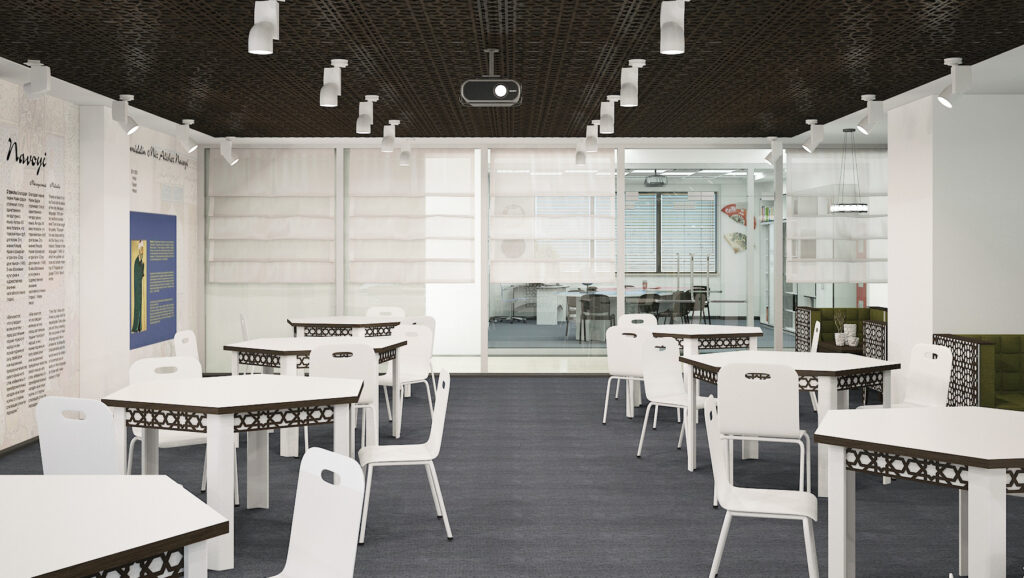
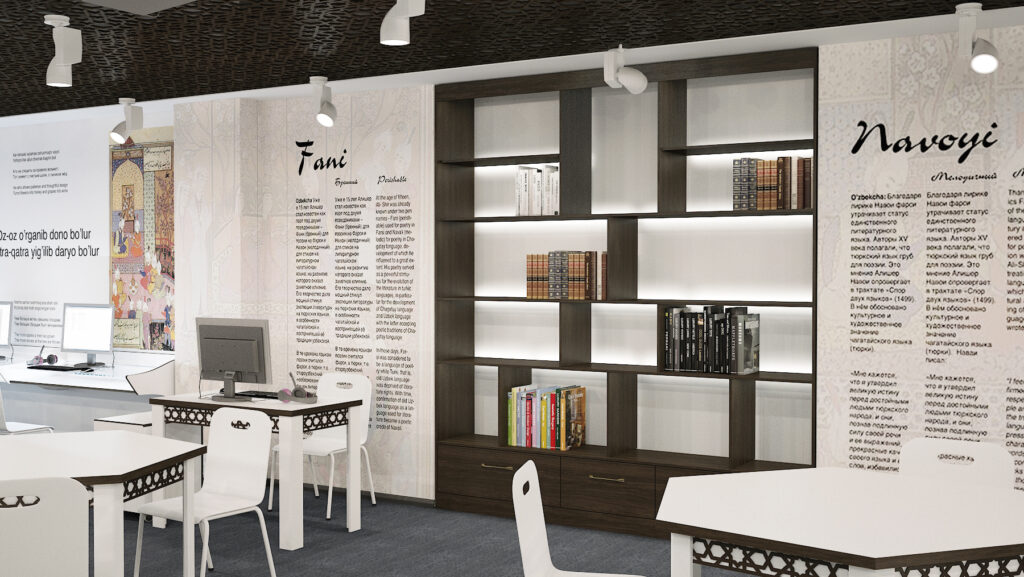

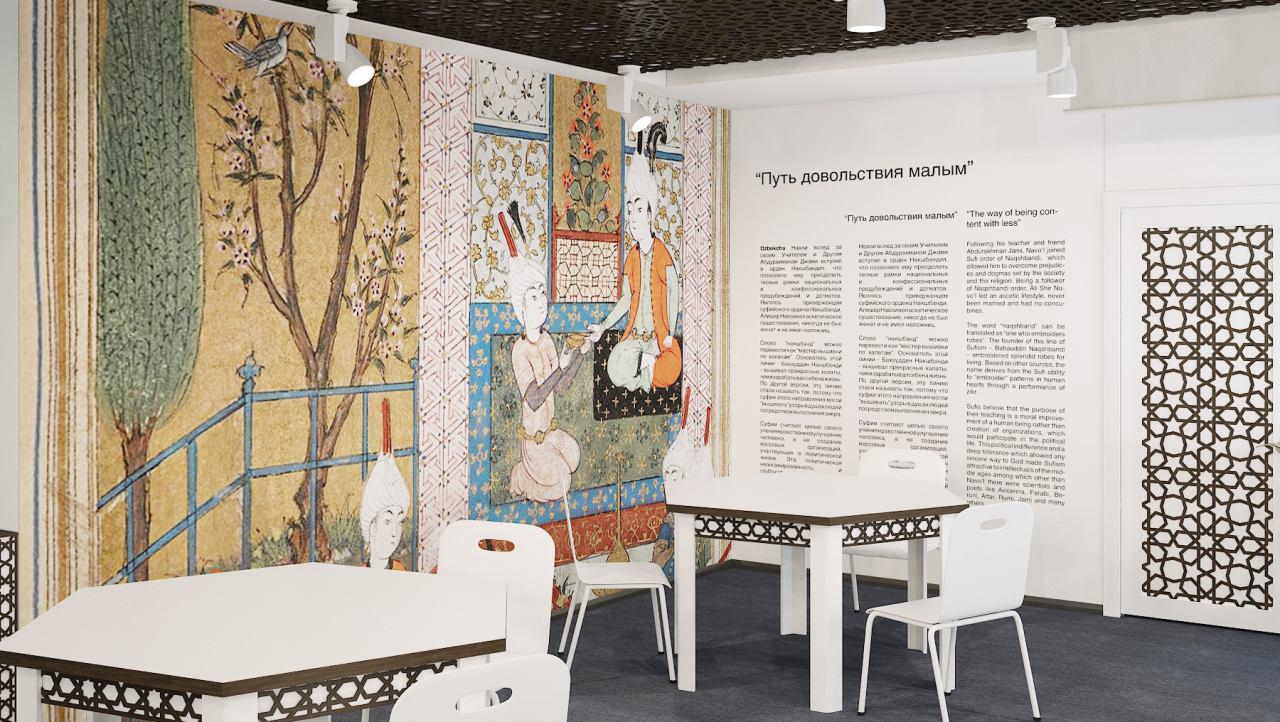
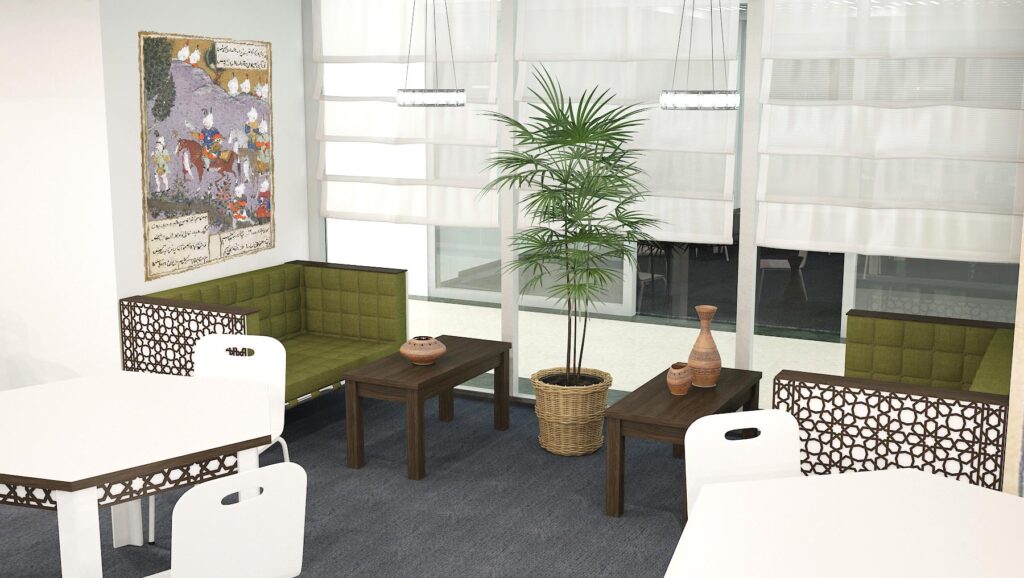
*Note, as of a today, the interior design of the room is approved but the wall text content is in refinement process by experts specializing on Navoi heritage. Implementation is scheduled for March – April 2016.

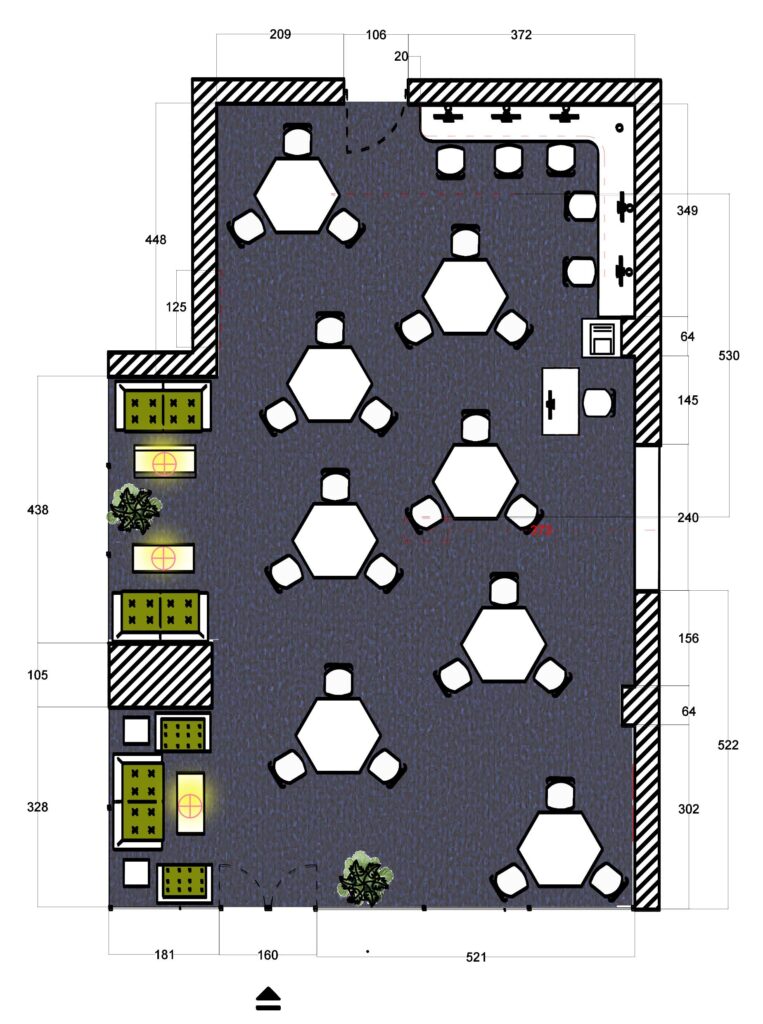
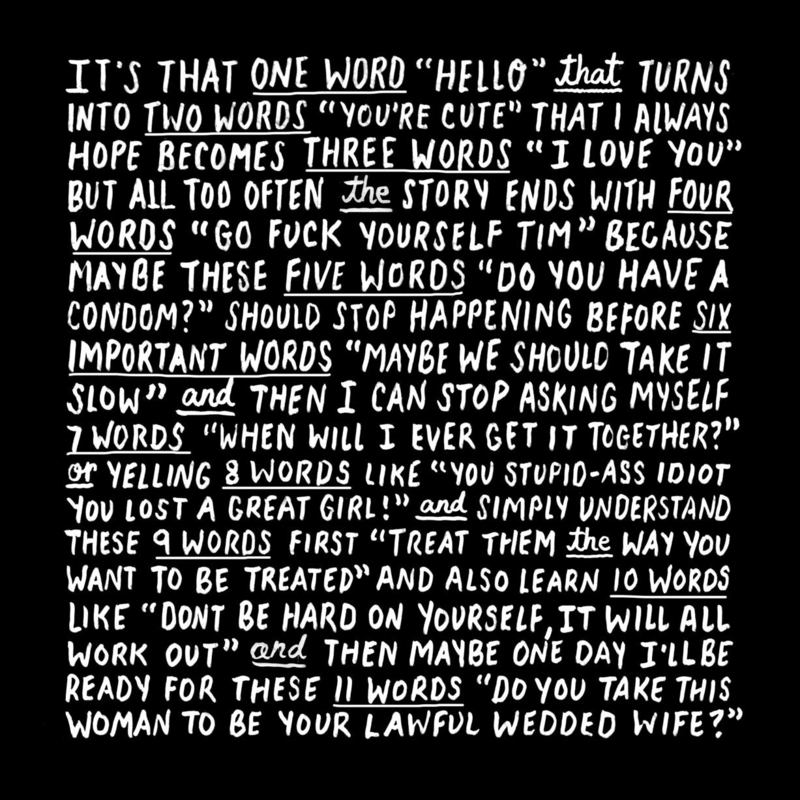

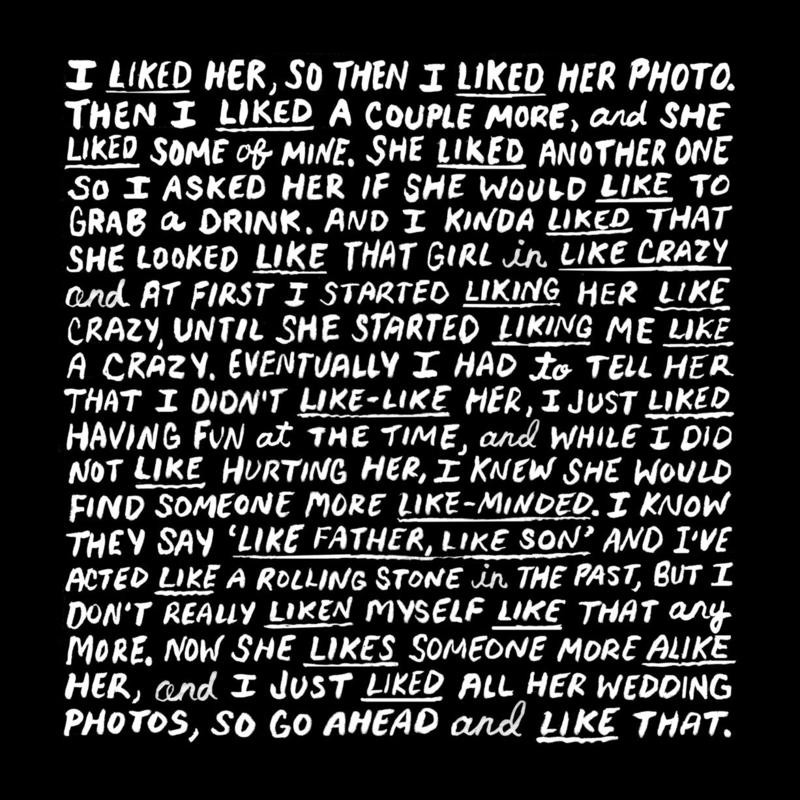









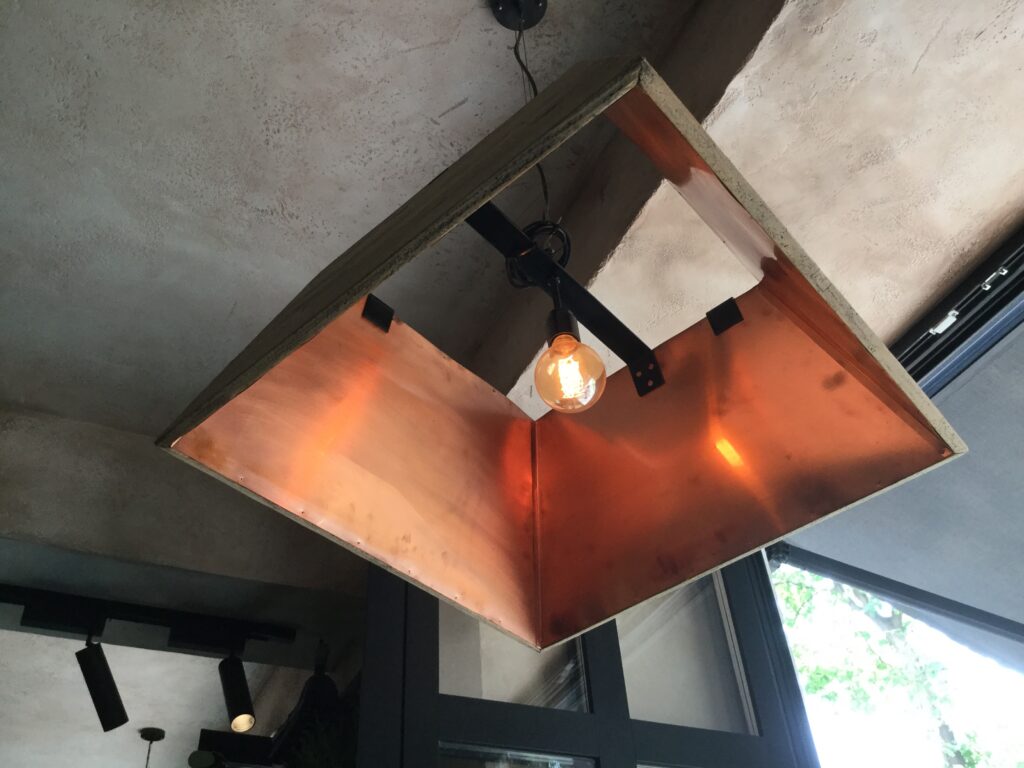



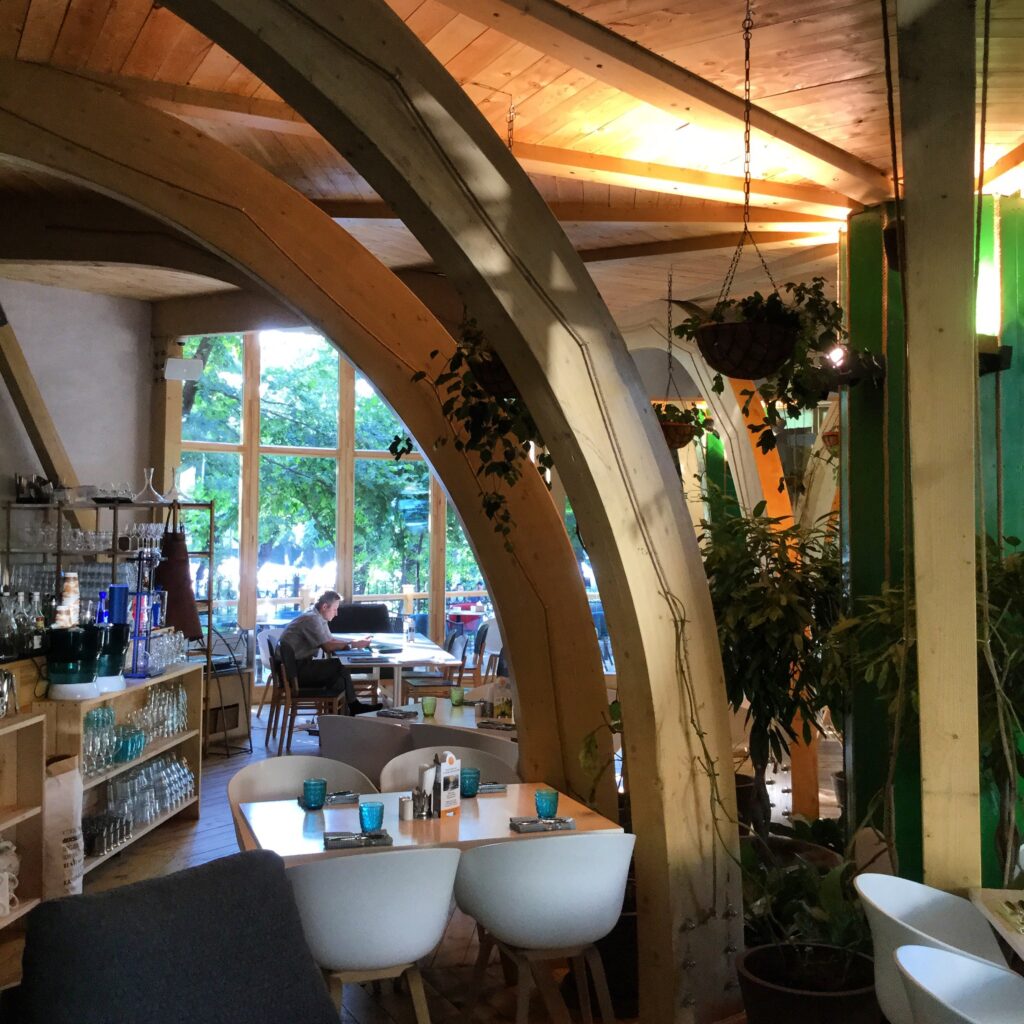

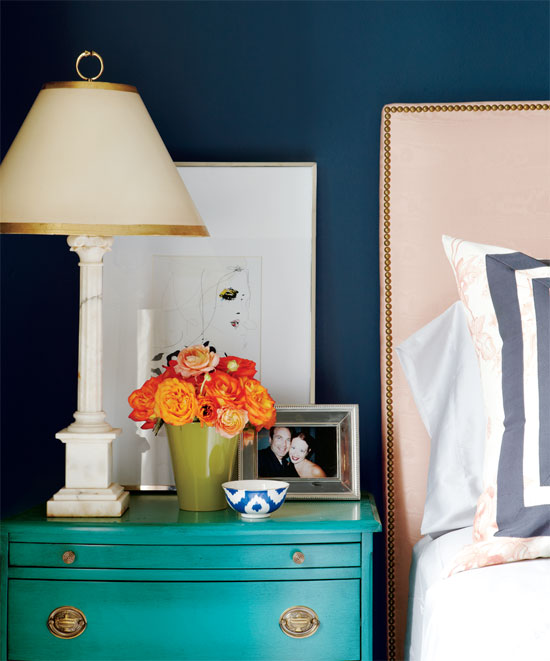
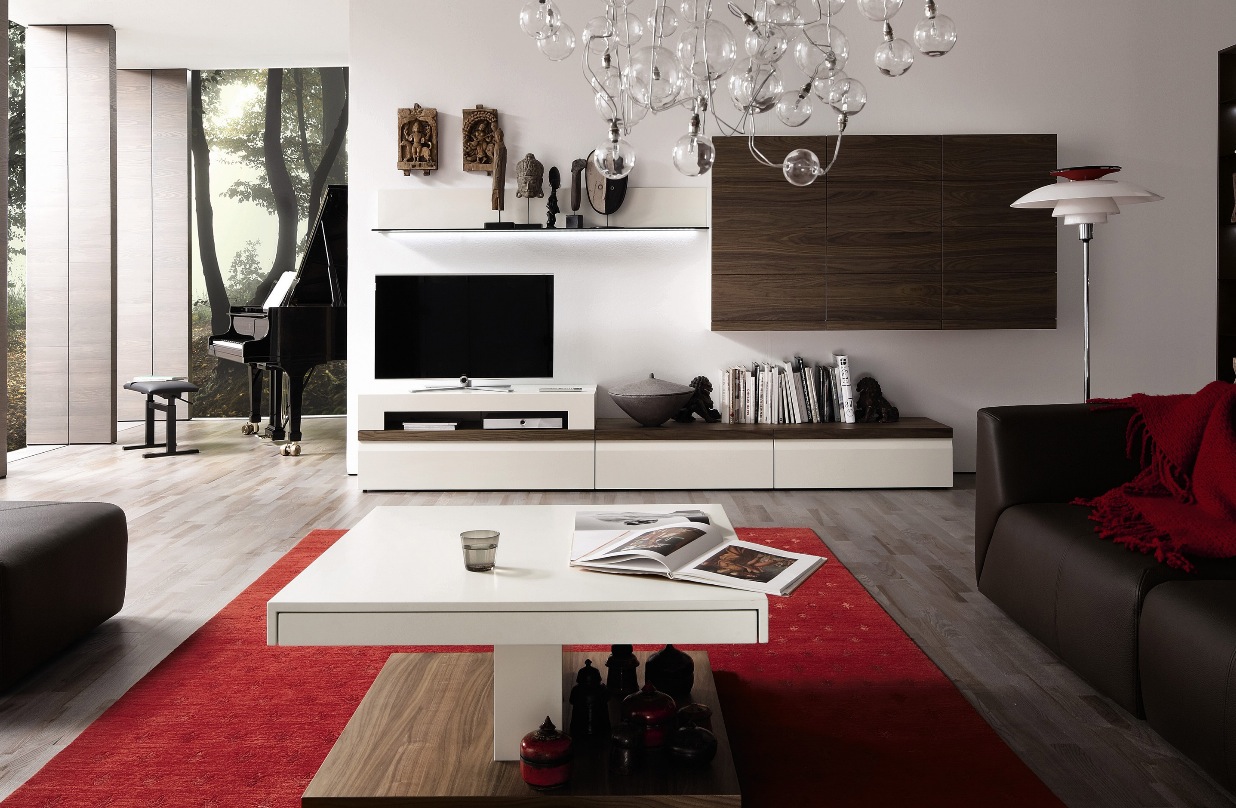
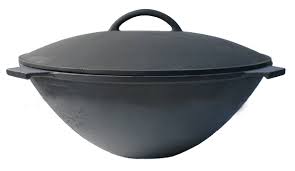
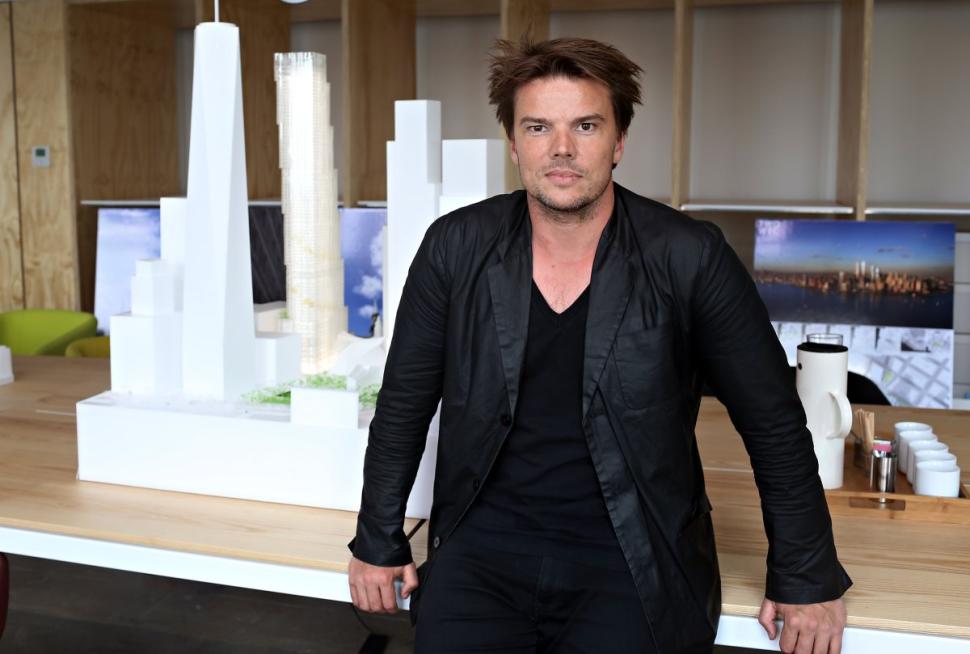
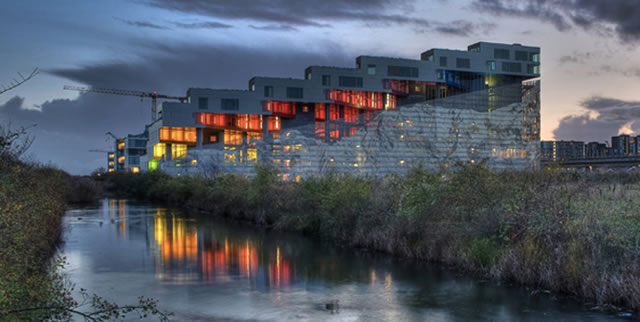
 Image courtesy by astonishingsecrets
Image courtesy by astonishingsecrets